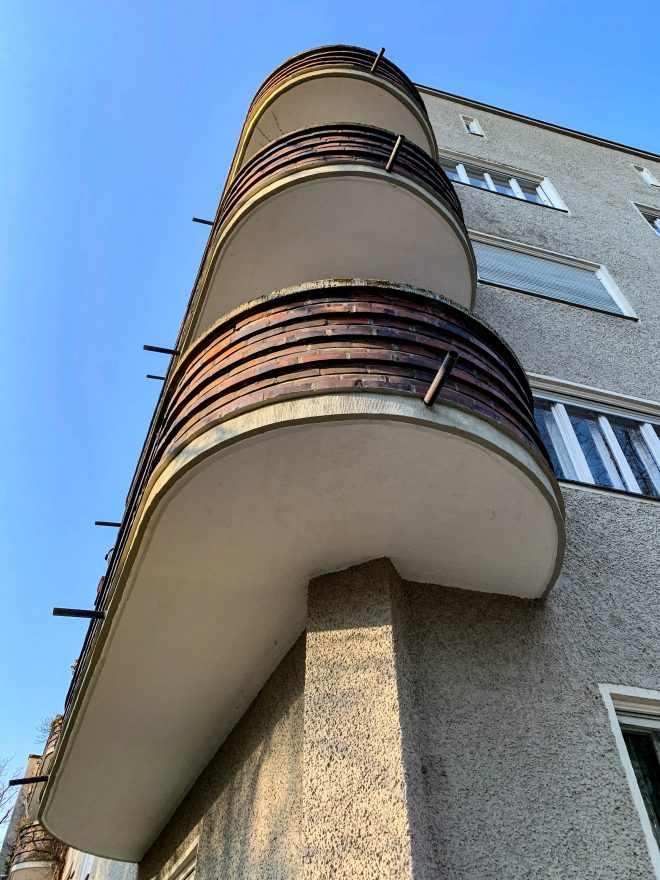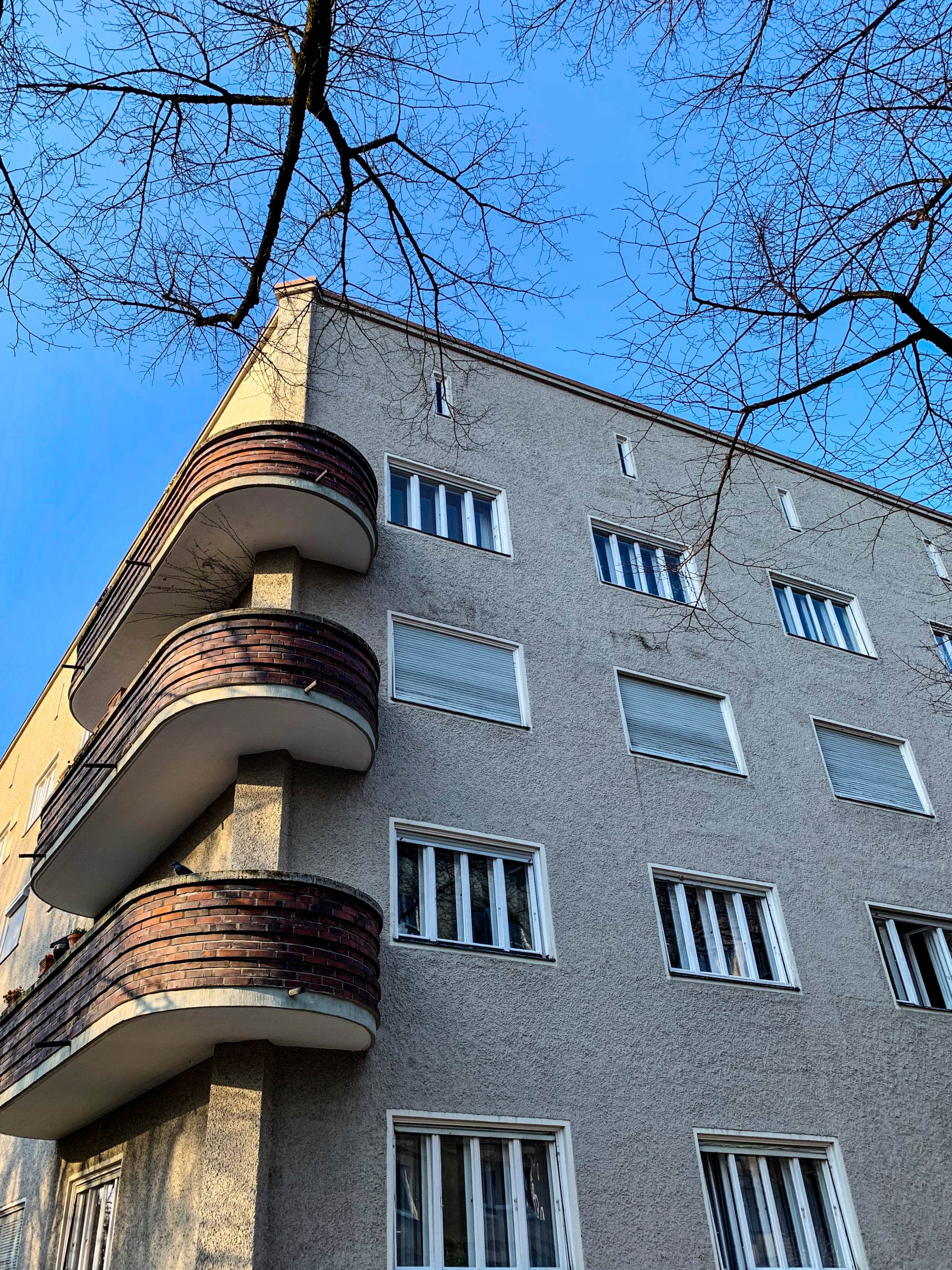
Residential complex, 1929-1930. Architects: Otho Orlando Kurz, Eduard Herbert. Photo: Daniela Christmann
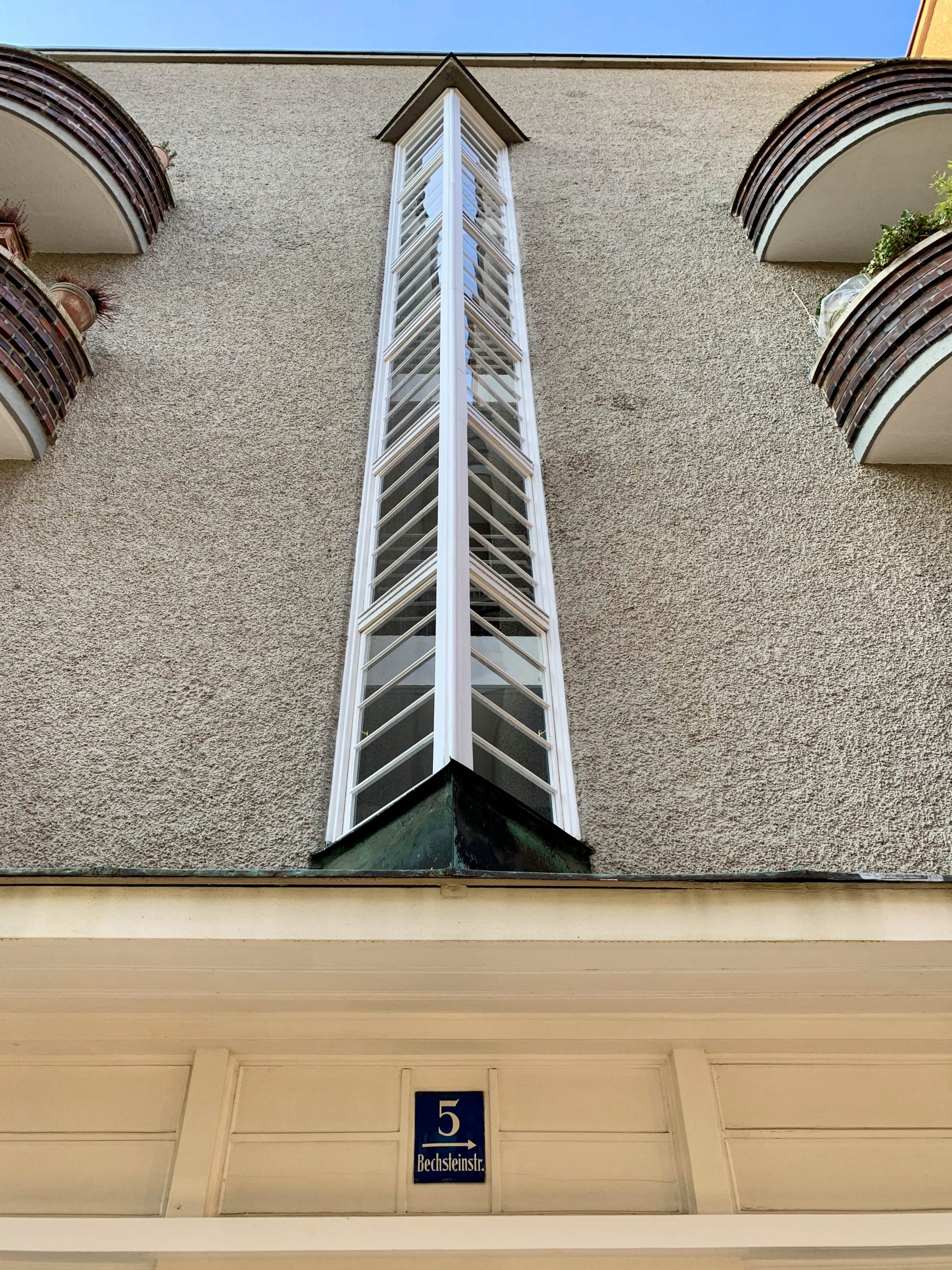
Residential complex, 1929-1930. Architects: Otho Orlando Kurz, Eduard Herbert. Photo: Daniela Christmann
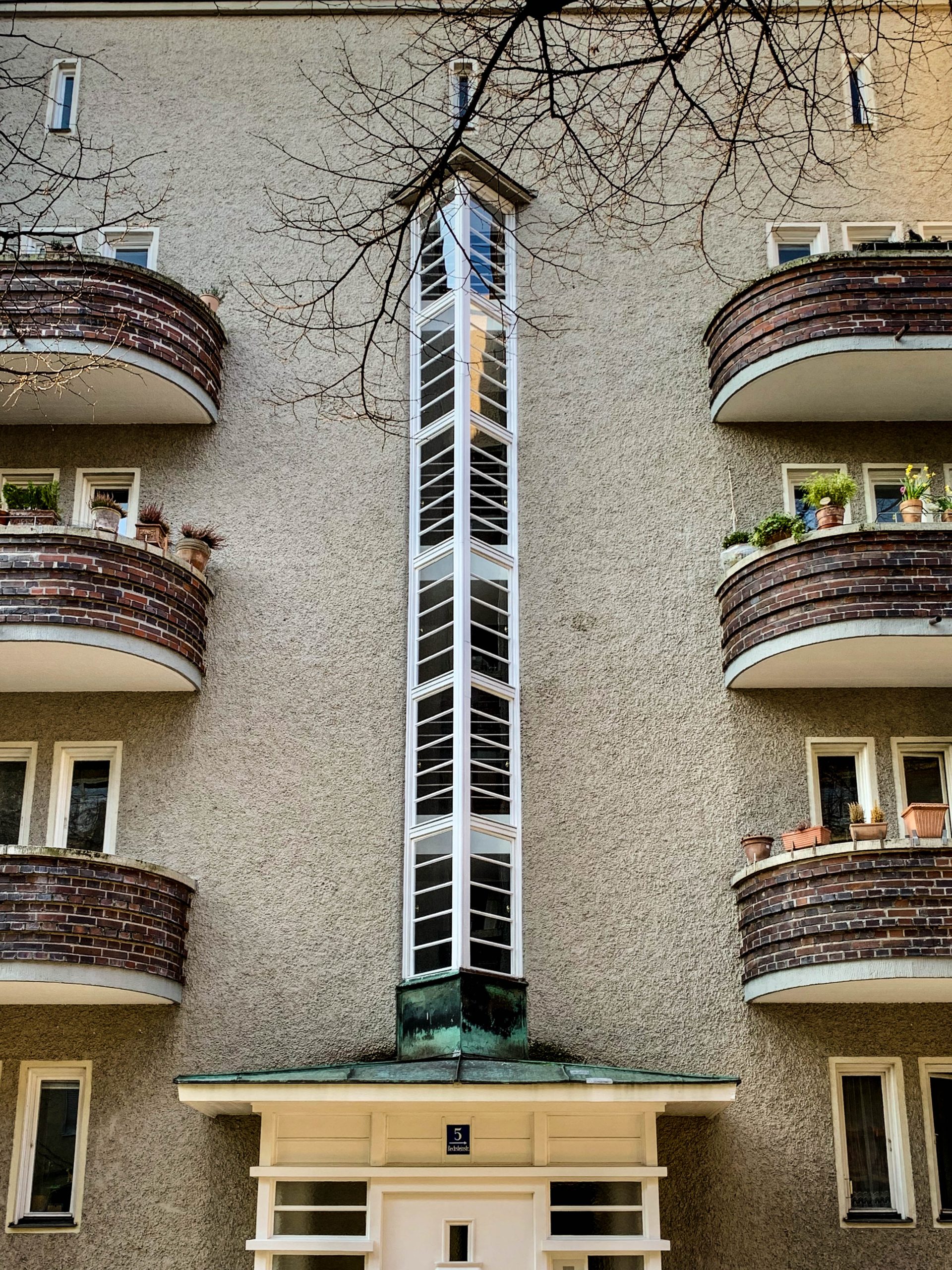
Residential complex, 1929-1930. Architects: Otho Orlando Kurz, Eduard Herbert. Photo: Daniela Christmann
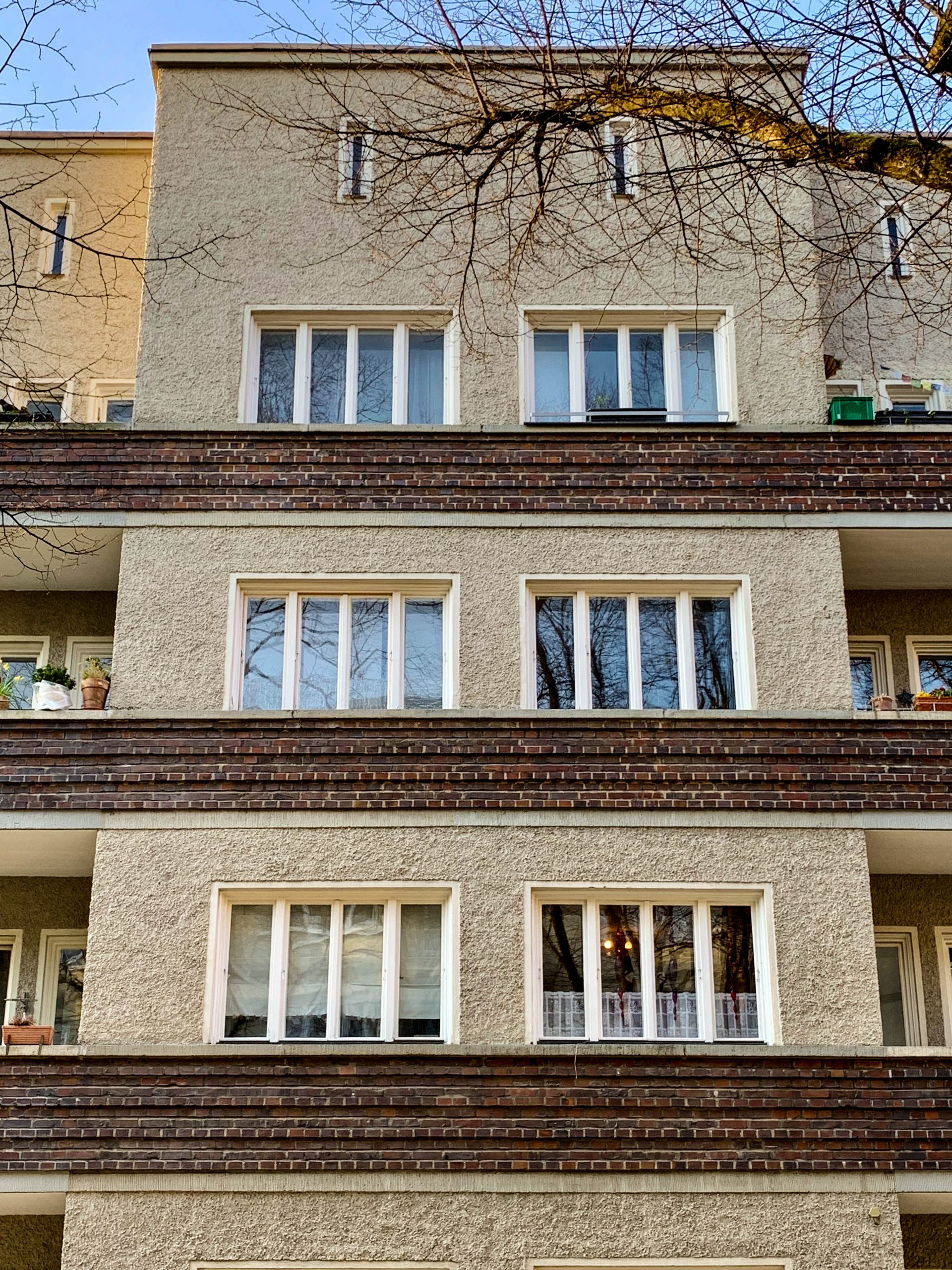
Residential complex, 1929-1930. Architects: Otho Orlando Kurz, Eduard Herbert. Photo: Daniela Christmann
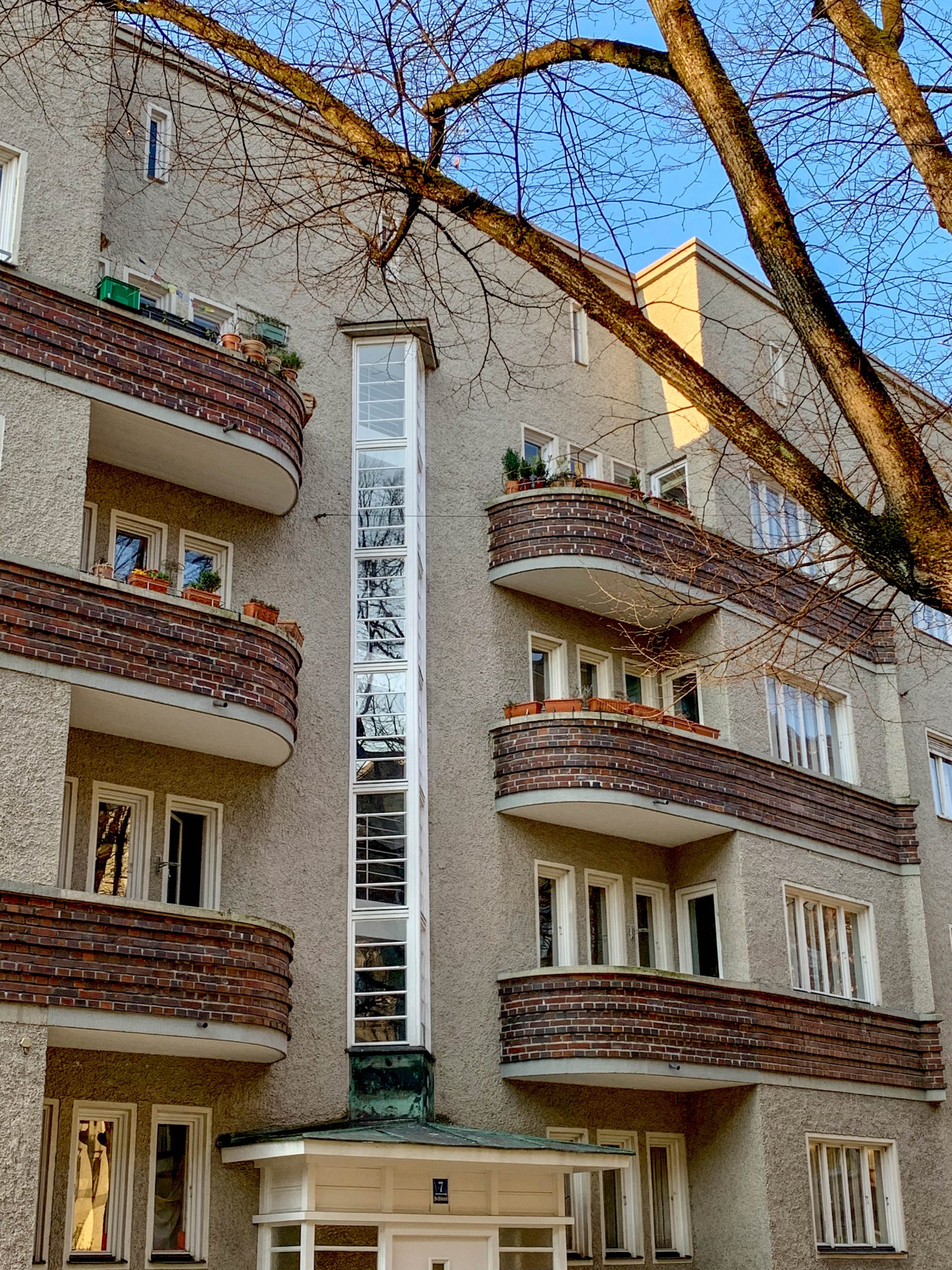
Residential complex, 1929-1930. Architects: Otho Orlando Kurz, Eduard Herbert. Photo: Daniela Christmann
1929 – 1930
Architects: Otho Orlando Kurz, Eduard Herbert
Karl-Theodor-Straße 102-106, Schleißheimer Straße 214-218, Bechsteinstraße 1-7 and Brunnerstraße, Munich, Germany
The apartment building on Karl-Theodor-Strasse and Schleißheimer Strasse in Munich-Schwabing was erected between 1929 and 1930 according to plans by architects Otho Orlando Kurz and Eduard Herbert.
Otho Orlando Kurz
Born in Florence, Otho Orlando Kurz was the son of the sculptor Erwin Kurz, a collaborator of Adolf von Hildebrand.
In 1893 Adolf von Hildebrand was appointed professor at the Munich Art Academy and Erwin Kurz’s family moved to Munich.
After studying architecture in Munich, Kurz worked as an intern for Friedrich von Thiersch, Hans Grässel and Heinrich von Schmidt, among others.
In 1908, he was commissioned to build the Milbertshofen Catholic Parish Church and founded an architectural studio together with Eduard Herbert.
Kurz was appointed professor at the Technical University of Munich in 1911, where he taught drawing.
During World War I, Kurz left military service in 1917 to build an industrial building in Munich for the Bayerische Motorenwerke.
Residential Complex
Otho Orlando Kurz and Eduard Herbert designed several apartment blocks as part of the urban ensemble around the church of St. Sebastian.
The plots, which until then had been used as farmland by market gardeners and were largely undeveloped, bordered the church to the north and south.
The developer of the northern residential block was Münchener Wohnungsbau AG.
The two southern apartment blocks were financed by the Verein für Volkswohnungen.
The block to the north of Karl-Theodor-Strasse is notable for its simple facades in the New Objectivity style, which are given rhythm by rounded balconies with clinker parapets, elongated stairwell bay windows and protruding door elements.
Along Schleißheimer Straße there are stores with display windows as well as the entrance to the underground garage.
Apartments
The living spaces of the spacious two- to six-room apartments generally face the street.
Kitchen, chamber, bathroom, WC and loggia are oriented to the inner courtyard.
The apartment blocks are listed as an ensemble together with the Catholic Church of Saint Sebastian.
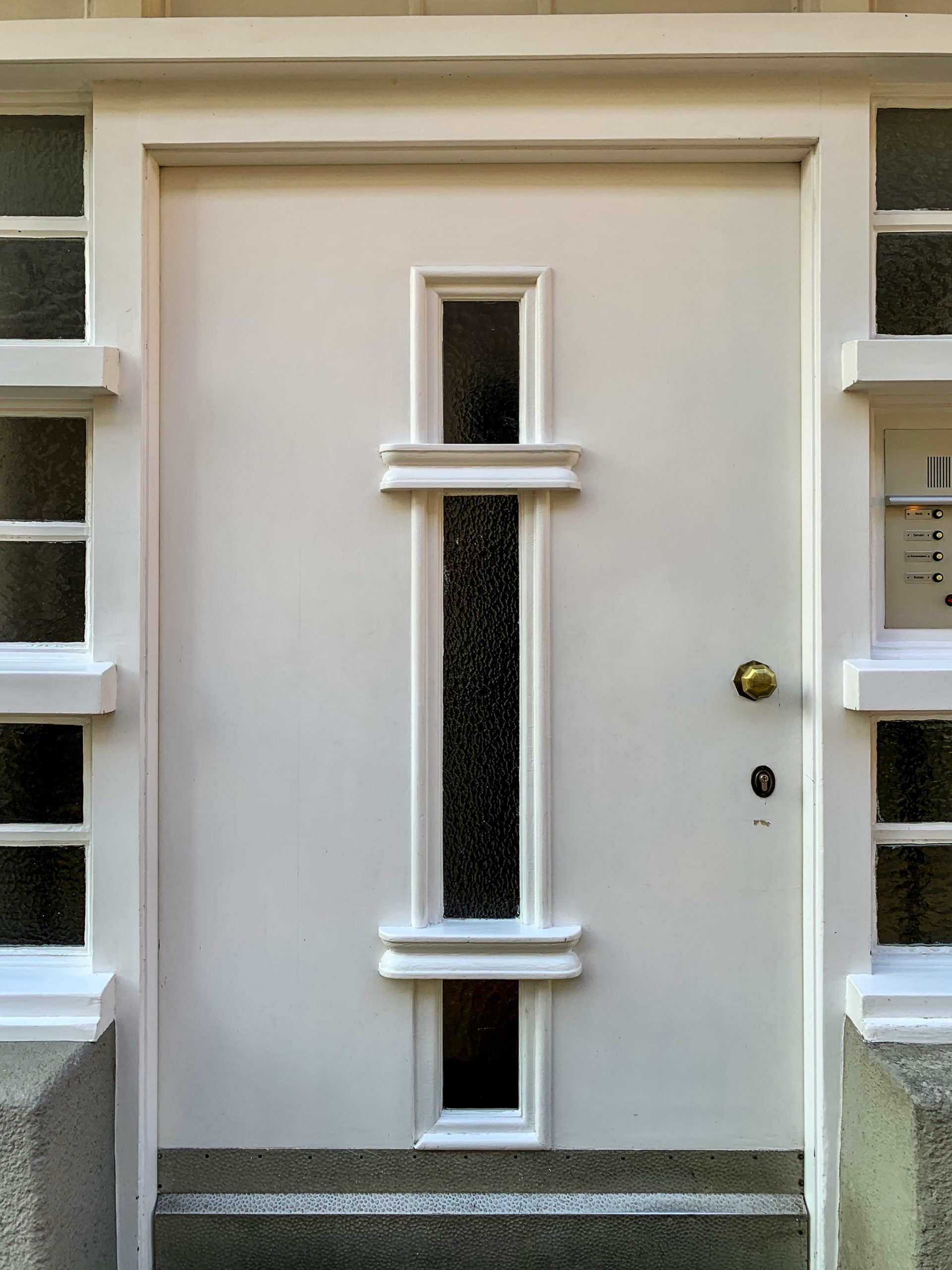
Residential complex, 1929-1930. Architects: Otho Orlando Kurz, Eduard Herbert. Photo: Daniela Christmann
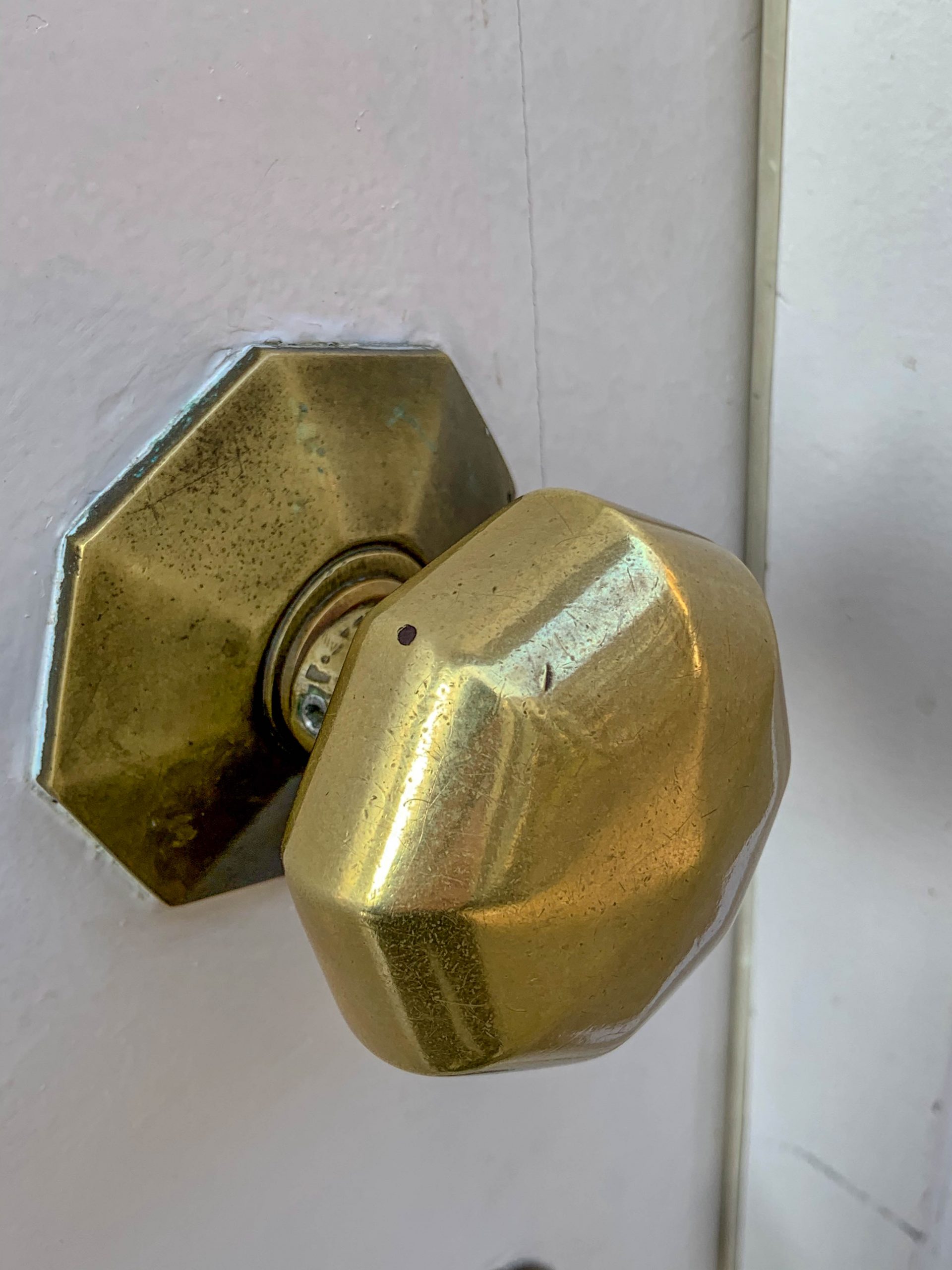
Residential complex, 1929-1930. Architects: Otho Orlando Kurz, Eduard Herbert. Photo: Daniela Christmann

